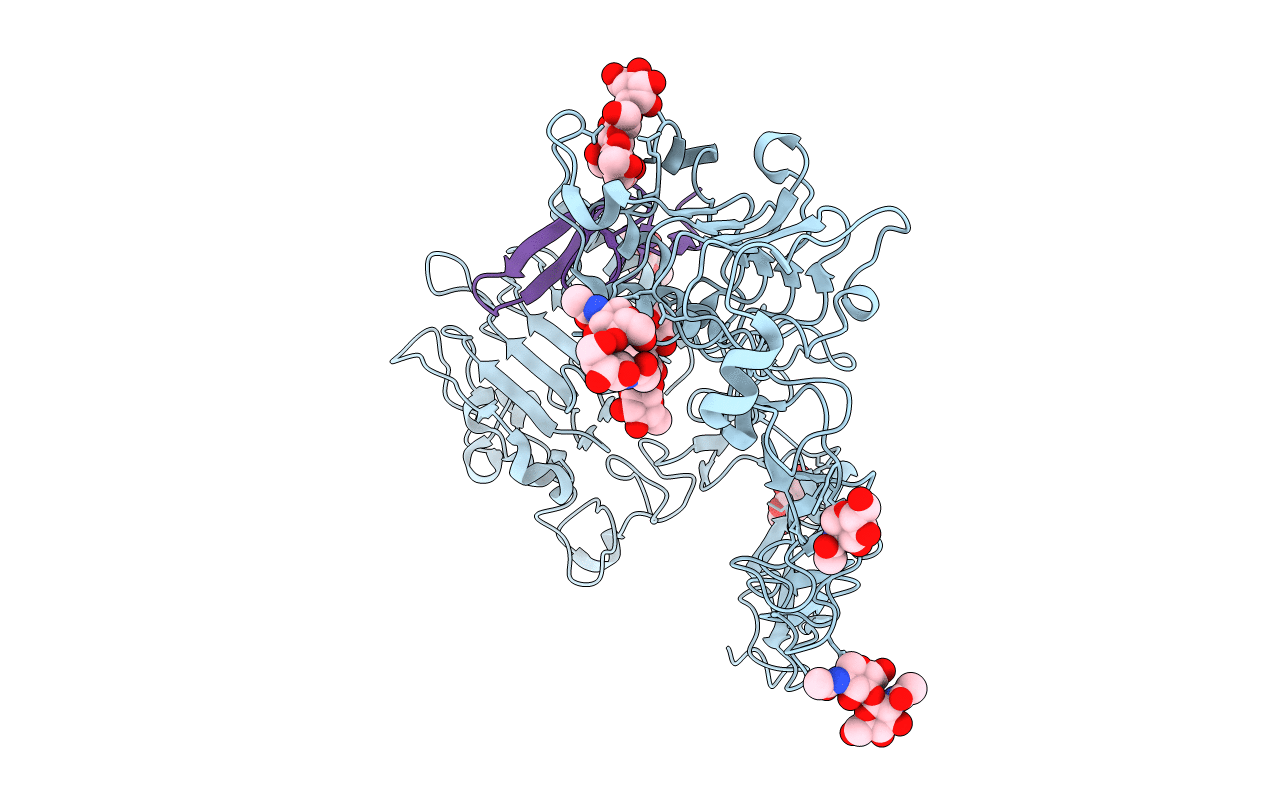
Deposition Date
2003-01-21
Release Date
2003-03-11
Last Version Date
2024-12-25
Entry Detail
PDB ID:
1NQL
Keywords:
Title:
Structure of the extracellular domain of human epidermal growth factor (EGF) receptor in an inactive (low pH) complex with EGF.
Biological Source:
Source Organism:
Homo sapiens (Taxon ID: 9606)
Host Organism:
Method Details:
Experimental Method:
Resolution:
2.80 Å
R-Value Free:
0.30
R-Value Work:
0.24
R-Value Observed:
0.24
Space Group:
C 1 2 1


